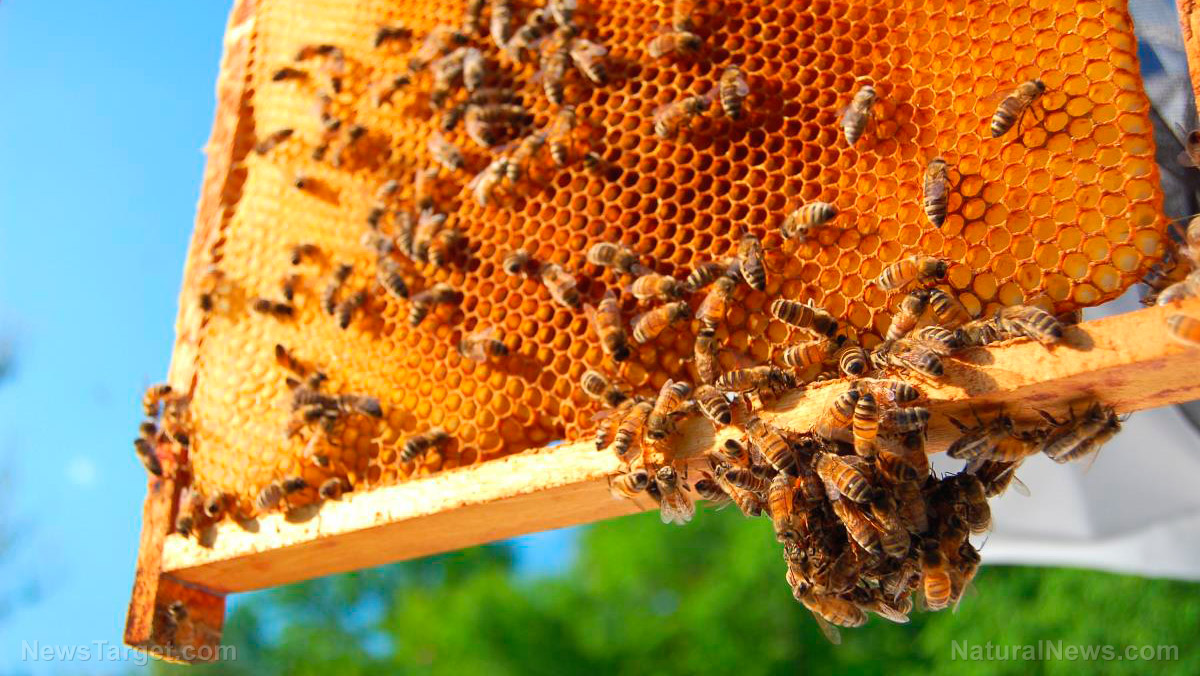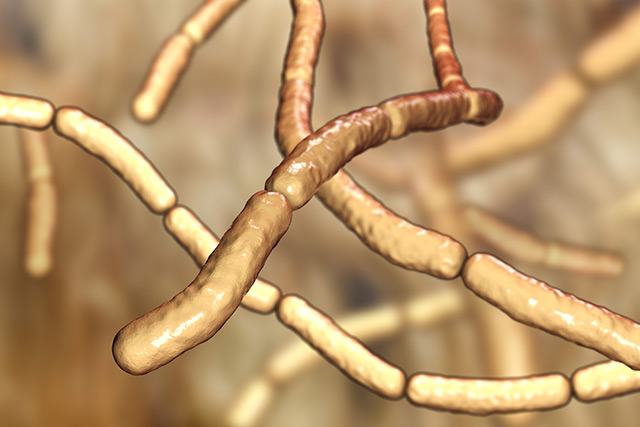Native Chilean plants show potential as natural insecticides
09/27/2018 / By Michelle Simmons

Native Chilean plants canelo (Drimys winteri), tabaco del diablo (Lobelia tupa), huevil (Vestia foetida), and violeta (Viola portalesia) can be used as natural insecticides, according to a study published in the journal Industrial Crops and Products. The study was carried out by a team of researchers from Chile.
- The research team looked at the effectiveness of the Chilean plants canelo, tabaco del diablo, huevil, and violeta as natural insecticides.
- The research team used the extracts and compounds of the Chilean plants against granary weevil (Sitophilus granarius), which is one of the most common and damaging pests of stored cereals.
- They treated grains with the extracts of the Chilean plants.
- The total extracts of the Chilean plants exhibited insecticidal activity against the granary weevil insects.
- Extracts of canelo caused the death of 87.5 percent of insects; while the extracts of tabaco del diablo, huevil, and violeta caused the death of 80, 56, and 45 percent of the insects, respectively.
- The research team also determined the active compounds in the Chilean plants.
- They found that the active compounds in canelo were polygodial, drimenol, and drimenin, while tabaco del diablo has lobelanidine as its active compound.
- They used these compounds to treat grains.
- Results showed that these purified compounds exhibited insecticidal activity against granary weevil in a dose dependent-time manner, with polygoidal exhibiting the greatest protection.
The research team concluded that these Chilean plants can potentially be used as natural pesticides for insect pest control.
Read the full text of the study at this link.
To read more stories on natural pesticides, visit Pesticides.news today.
Journal Reference:
ASSESSMENT OF INSECTICIDAL RESPONSES OF EXTRACTS AND COMPOUNDS OF DRIMYS WINTERI, LOBELIA TUPA, VIOLA PORTALESIA AND VESTIA FOETIDA AGAINST THE GRANARY WEEVIL SITOPHILUS GRANARIUS. Industrial Crops and Products. 15 October 2018; 122: 232-238. DOI: 10.1016/j.indcrop.2018.06.009
Tagged Under:



















